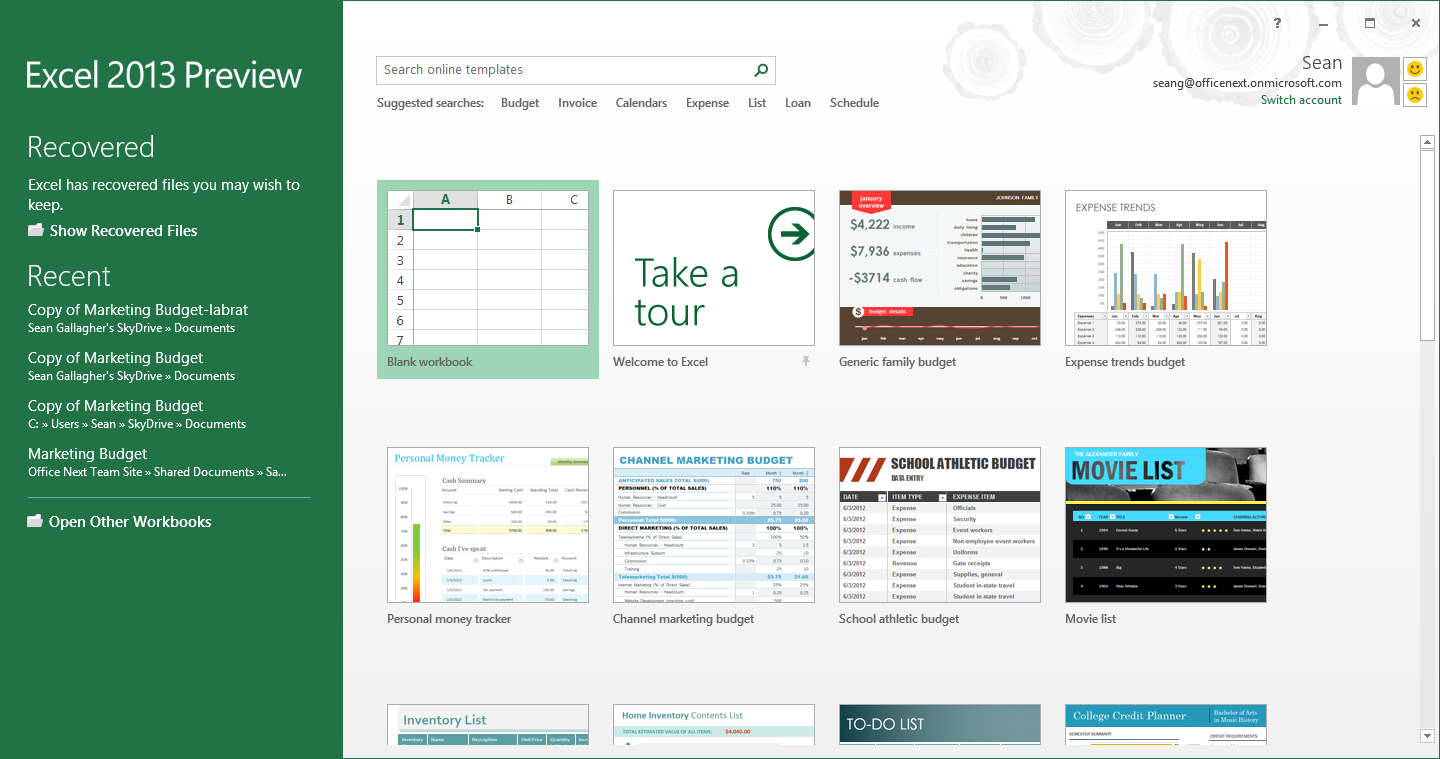

Which brings me to my question: if I can use an older version of Excel, I could open these xlam files - purely in order to view the VBA modules - and then copy them as described here.Ĭould anyone please suggest a place where I could access older versions of MS Excel? Preferably Portable, because I would rather avoid the hassle of re-installing. The only problem is that since a mysterious security update, I am unable to open these xlam files. As it was before I decided to split them up. So what I'm now thinking is that if I can open the xlam files somehow, I can retrieve the code and copy/paste the modules into the primary file. At home I have Excel 2019 (Version 2110). More mysteriously, when I attempted to open them on my HOME computer, they were not recognised. However, although this primary file was now working, a second problem arose. I do not know exactly why this GetKeyState function would have caused the entire Excel file to fail to open - so if anyone has any ideas, I'd like to hear them (I'm aware that I should repeat this post on StackOverflow too) Private Declare Function GetKeyState Lib "user32" (ByVal nVirtKey As Long) As Integer Out of interest, the offending line was this: 'Required functions to test the state of the shift key (for developer to pause Launcher) When the (non-critical) line was removed, the file opened properly with my corporate environment. It opened using my home Excel, and I was able to diagnose precisely which line was giving the error. It is not corrputed, because I managed to e-mail the file to myself at home.

I know for a fact that there is nothing wrong with the file. Verify that the file has not been corrupted and that the extension matches the format of the file" "Excel cannot open the file Portal.xlsm because the file format or file extension is not valid.

xlam files, which have been split up simply for convenience so the user does not have to load ALL code in one go, but may load files separately according to which section of the application they want to use. It relies heavily on VBA, spread over multiple files. The latest update to MS Office at my corporate workplace has unfortunately broken my Excel application. I'm aware that this may be a bit of an X-Y problem, so I'll start from the beginning.


 0 kommentar(er)
0 kommentar(er)
